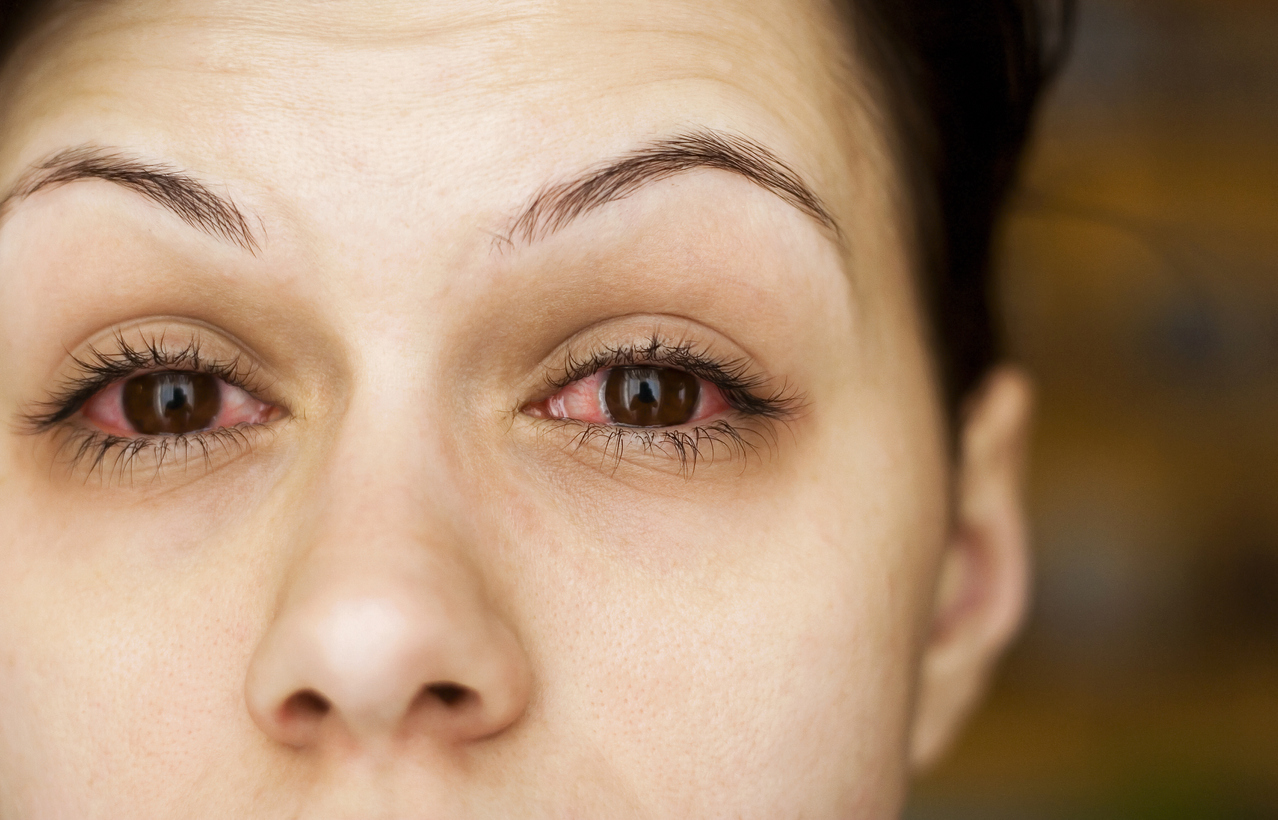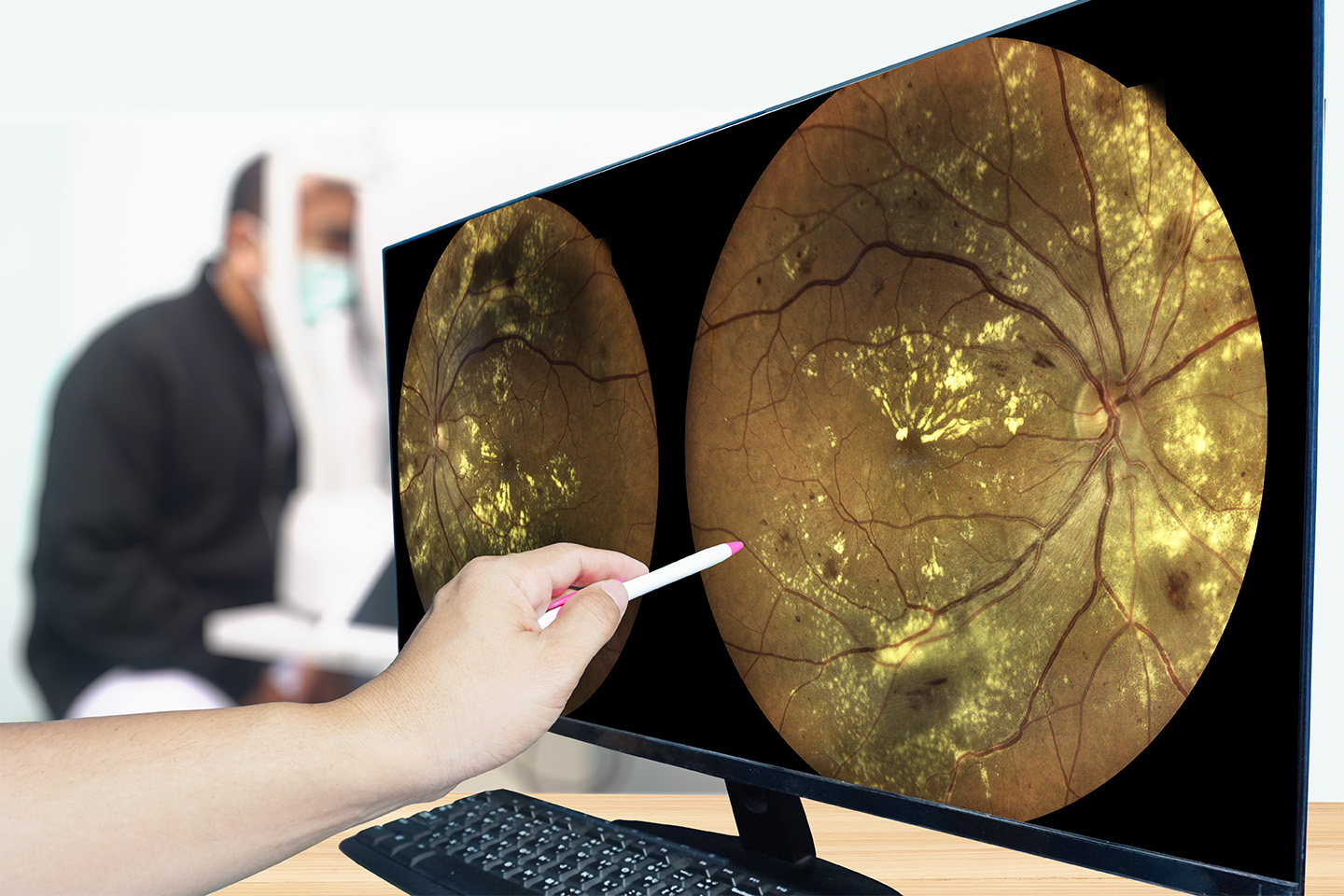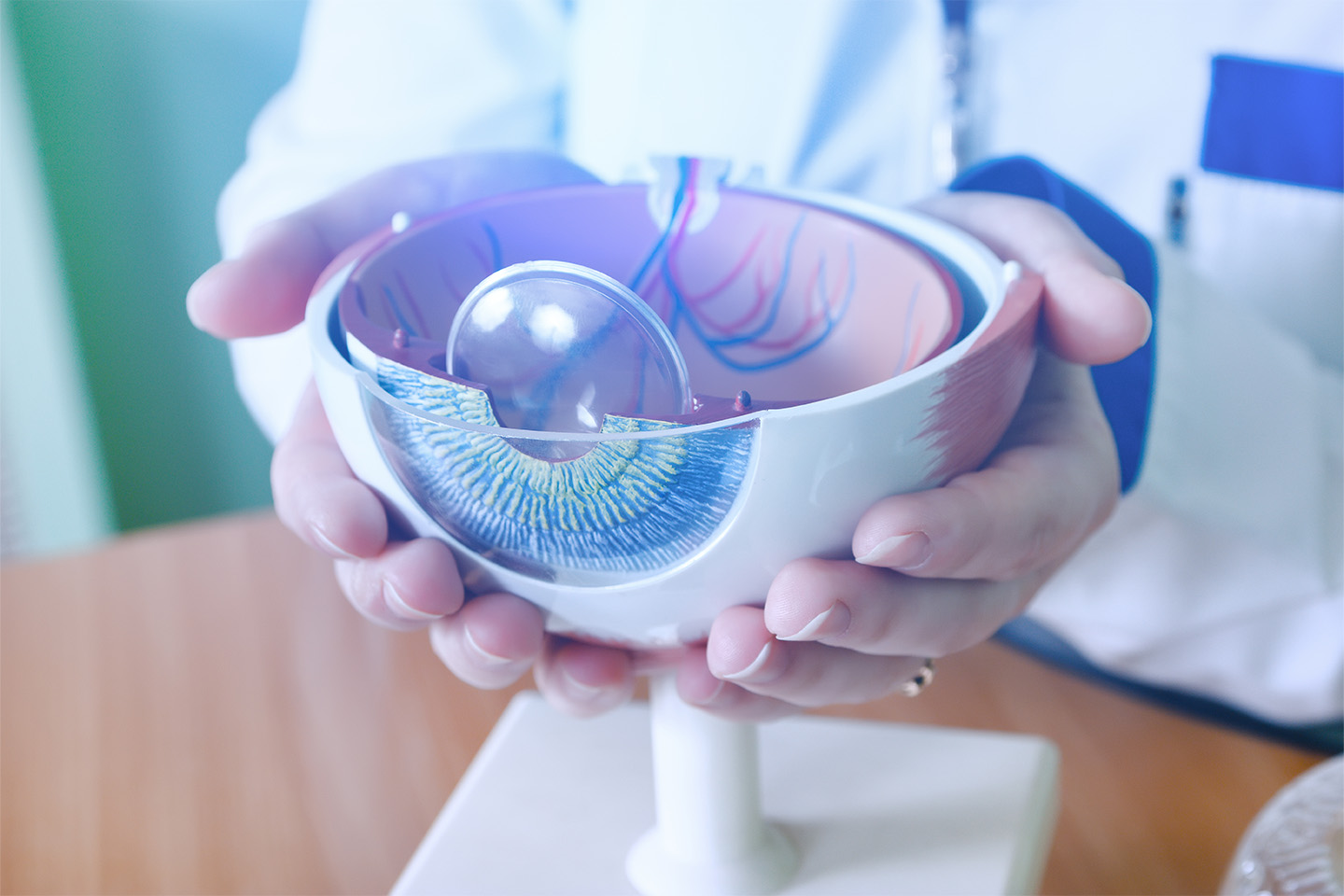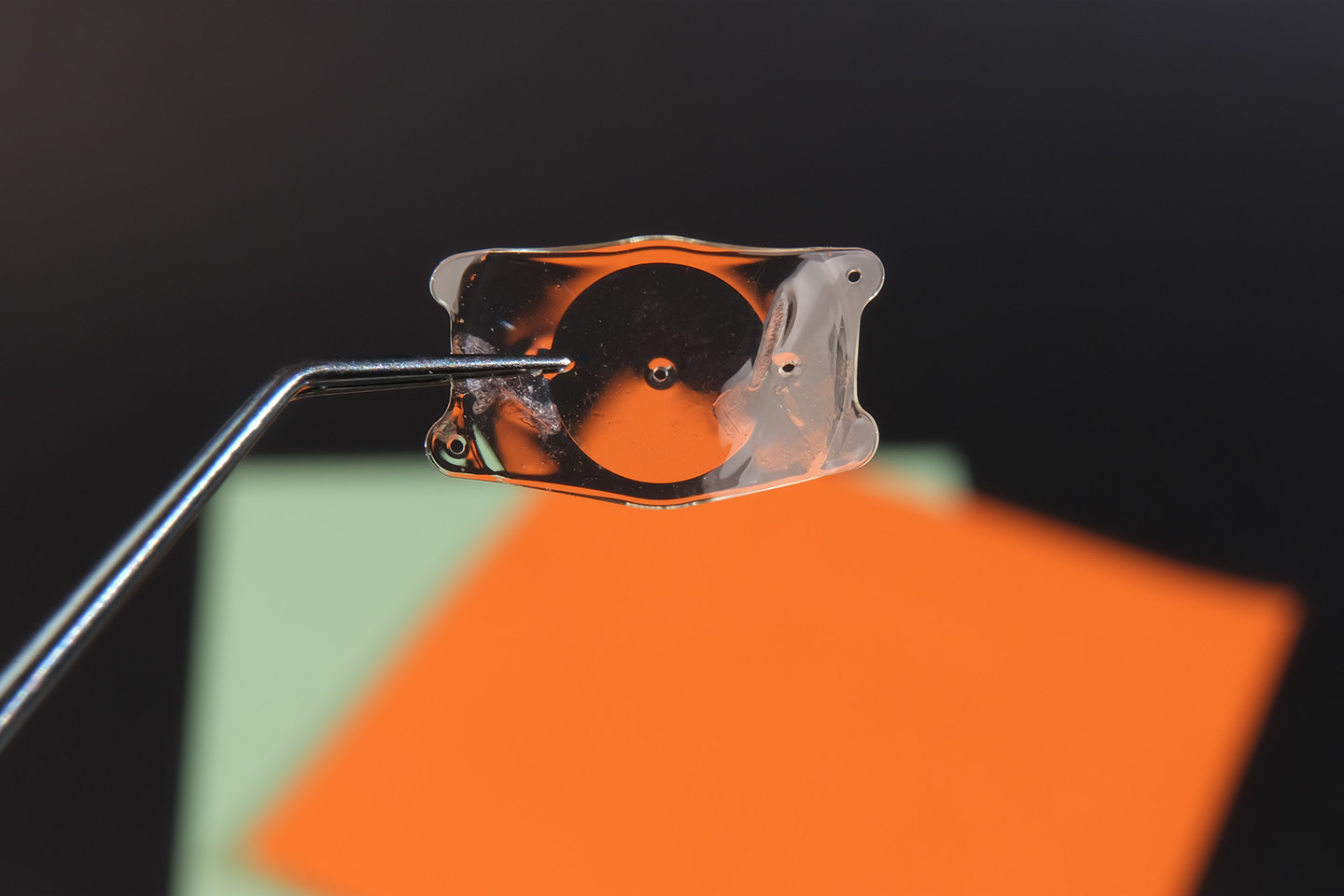How to Treat Various Forms of Conjunctivitis

You know the signs of “pink eye,” but did you know there are three major types of conjunctivitis? Knowing which one caused your conjunctivitis will help you get the right treatment.
Conjunctivitis, or “pink eye,” is a common eye disorder, especially among children. Though it can be alarming to suddenly see your or your child’s eye turn red, the condition rarely causes permanent vision damage.
While you may know the primary sign of conjunctivitis — the white of the eye suddenly turning red — you may not know there are three types of conjunctivitis, each with a different cause and treatment protocol. It’s also important to recognize some types of conjunctivitis are highly contagious and require specific precautions to treat and stop the spread of the infection.
Conjunctivitis stems from an inflammation of the conjunctiva, the thin layer of tissue covering the white part of the eye and the inner eyelid. Whatever the cause, conjunctivitis tends to exhibit common symptoms. In addition to the “pink eye” that’s given the condition its name, symptoms include swelling of the conjunctiva, itchy or watery eyes, excessive tearing, and discharge all signal an infection or irritation of the conjunctiva.
If you are experiencing any of the above symptoms, an eye doctor can diagnose the condition by examining and taking a sample of tissue from the conjunctiva. A proper eye exam and correct diagnosis is especially important, as treatment depends on the specific type of conjunctivitis you’re experiencing.
The Types of Conjunctivitis
Conjunctivitis has three main types, each classified by its cause. Here’s a look at each type and its associated treatment guidelines.
Infectious Conjunctivitis. Infectious conjunctiva is attributed to either a viral or bacterial infection. The most common and most contagious form of conjunctivitis, viral pink eye, can occasionally cause swelling in the lymph node near the ear or under the jaw. Like the common cold, viral pink eye clears up in five to seven days on its own. By contrast, bacterial conjunctivitis requires treatment with antibiotic eye drops. If you have bacterial conjunctivitis, you may also notice mucus draining from your eye.
Allergic Conjunctivitis. If you’re allergic to pollen, dust, or other allergens, you’re at risk of experiencing allergic conjunctivitis. Avoiding the allergy-inducing substances is the first step in preventing allergic conjunctivitis, but if you can’t, there are some treatment options to lessen symptoms. A cool compress on the eye and artificial tears can help reduce mild symptoms. Other therapies include prescription anti-inflammatories and antihistamines, or steroid eye drops in more persistent cases.
Chemical/Environmental Conjunctivitis. Sometimes, conjunctivitis results from exposure to air pollution, a reaction to chlorine in swimming pools, or contact with a toxic chemical. When a harmful substance enters the eye, you should first flush the eye with a saline solution and immediately contact your doctor. If untreated, an alkali burn or other severe reaction to a toxic chemical can scar and damage your eyesight.
Preventing Pink Eye
Practicing good hygiene prevents the spread of conjunctivitis. Be sure to start with the following do’s and don’ts.
Do:
- Wash Hands Frequently. Or use a hand sanitizer when hand-washing is not possible.
- Wear Goggles When Swimming. Goggles protect against contact with chlorine or other bacteria in the water.
- Wash Bed Linens. If you have conjunctivitis, wash your bed linens and towels daily, and separate them from those used by others in the house.
- Take Care of Contacts. Prevent infections by properly cleaning your contact lenses or replacing them when the manufacturer advises. If you have conjunctivitis, you may want to switch to eyeglasses until the infection recedes.
Don’t:
- Don’t Rub Your Eyes. Rubbing your eyes can easily cause the spread of conjunctivitis when touching other objects. If necessary, wipe your eyes with tissues instead.
- Don’t Share Personal Items. Sharing personal items like makeup is an easy way to contract or pass on conjunctivitis. Once the infection passes, you should also discard any makeup you used on your eyes, such as mascara.
If your child has pink eye, he or she should stay out of school while the condition is at is most contagious. Your eye care specialist can tell how long that will be, but it will likely last for three to five days.
Get Treatment for Pink Eye
If your conjunctivitis becomes too painful, interferes with vision, or lingers, make an appointment with an eye care specialist without delay. The doctors at ICON Eye Care can determine whether your symptoms are due to an infection or another disorder. Contact us today for a consultation.
[DISPLAY_ULTIMATE_SOCIAL_ICONS]








